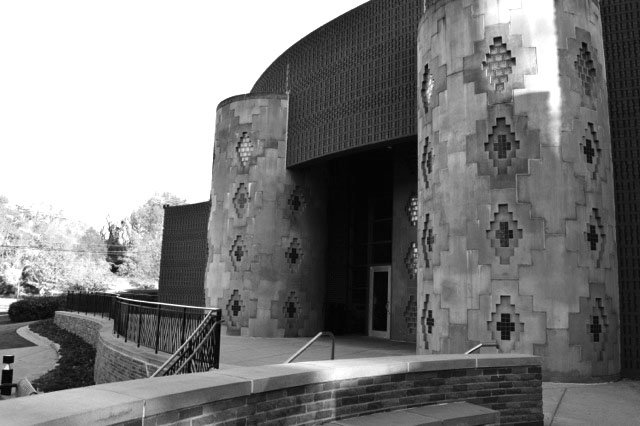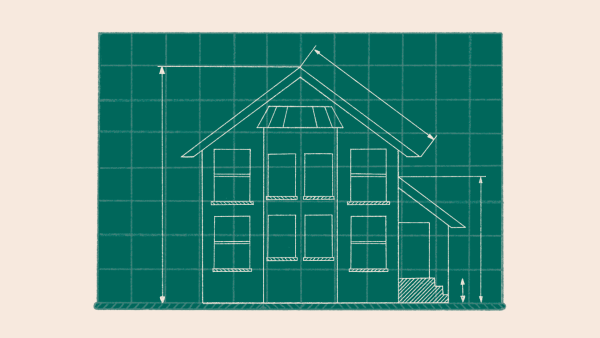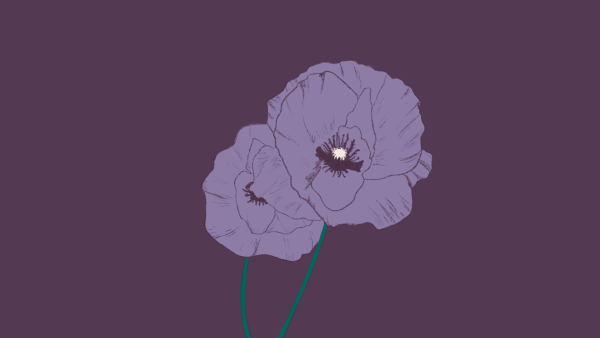Transformations at the Anacostia Museum
Then, in 2003, the federal government broke ground on a much bigger venture—the National Museum of African American History and Culture. The project soon began amassing new collections, exhibits and a multi-million dollar facility on the National Mall. The Smithsonian suddenly had two very similar branches.
“They couldn’t have two museums with the same mission,” Anacostia Museum Director Camille Akeju said. So, in 2007, Anacostia’s museum changed its name to something significantly less ambitious: The Anacostia Community Museum. Ever since, it has turned its gaze inward.
The museum’s driving force also shrank in a thematic sense: It is no longer the “Center” for black history and culture. Now the museum seeks to tell urban and African American stories, “from a community perspective,” according to Akeju.
The museum’s director, however, remains optimistic about the new direction.
“It’s not often that a museum gets to reinvent itself,” Akeju said. “We have to stay true to the community we’re housed in.” The museum’s revamped mission seeks to connect the issues facing Anacostia with issues in urban areas worldwide.
Most recently, the museum connected with the community through its exhibition “Reclaiming the Edge: Urban Waterways and Civic Engagement.” The exhibition mainly focused on the Anacostia River, tracing the ways that surrounding communities have “used and abused” its resources, Akeju said.
In connecting the local community to the outside world, the exhibition also mentions similar issues of pollution in rivers around the world. Pittsburgh, London and Shanghai are all included.
“These are contemporary issues that resonate through the world,” Akeju said. “It lets people know that other communities are going through the same thing.”
The ACM is the only museum in the Smithsonian system that runs year-round elementary education programs. In conjunction with its last exhibition, the program took local elementary and middle schoolers to clean up the Anacostia riverbed and learn about environmental science. For its next exhibition on beadwork in South Africa, children will focus on the arts. The museum also runs various preservation programs, including an ongoing project to record the oral histories of surrounding residents.
And yet for all these services, it sometimes seems as though the value of the ACM is ignored. Akeju said resources, space and staff are all tight.
“[The ACM] has a lot of potential that isn’t being used,” said Kathryn Gillon, an AU student and former ACM intern.
Gillon believes that some of these problems stem from the museum’s location: “It’s just really inaccessible.”
The museum is a 15 minute drive from the nearest metro station, or about a half hour walk. Additionally, it is nestled among houses, in a site that Akeju calls “beautiful,” but not as practical as, say, the National Mall.
Furthermore, the resources available to visitors are not widely advertised, Gillon said.
“There’s a free shuttle from the Mall on weekends,” Gillon said. “Nobody knows about it.”
In this way, despite its best efforts, the museum reflects the most unfortunate aspects of its neighborhood. The ACM suffers from the same lack of services and infrastructure as Anacostia itself.
Transportation in the area is so scarce that visitors can have a hard time catching a cab to or from the museum.
“There’s no economic incentive to go over the [Anacostia] river because drivers think they won’t get a fare back,” Akeju said.
“It’s ridiculous; plenty of people in Southeast would like to take a cab, but they can’t because there are never any around.”
Gillon agreed that while the museum does provide a lot of resources, “a lot can be done to make it better.”
“What we need to do is re-brand ourselves and then get the word out,” Akeju said.
But the process won’t be easy. Money is tight. Akeju explained that the museum requires “about two or three big donors that really believe in the mission of the museum.”
ACM’s new mission provides a chance for it to rise to the prominence of other Smithsonian institutions. The museum sits far from the center of the city, the Mall and the soon-to-be-opened NMAAHC. For now, it will continue to serve its neighborhood, but in the future its influence may grow.
“There is such an opportunity for this museum,” Akeju said. •
_Photo by Rain Freeman._







